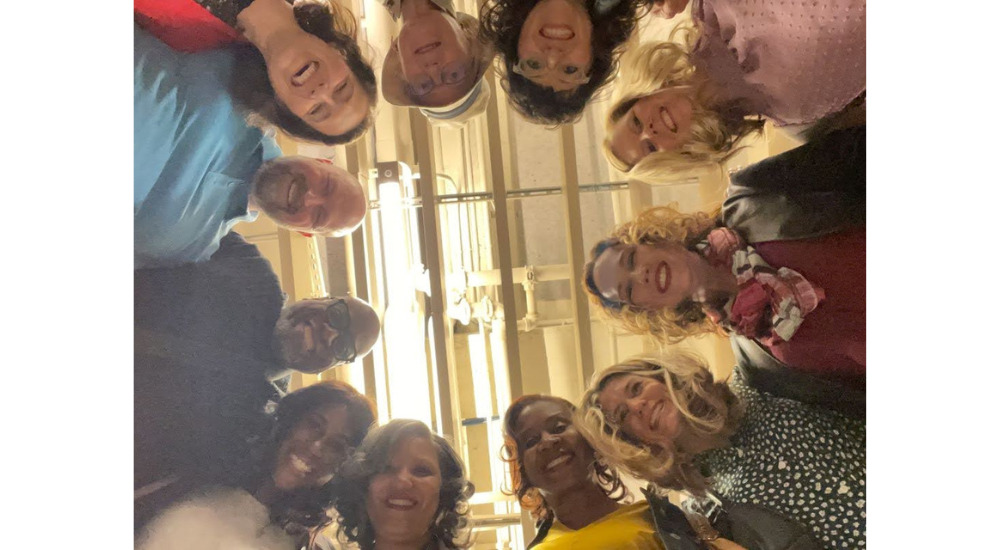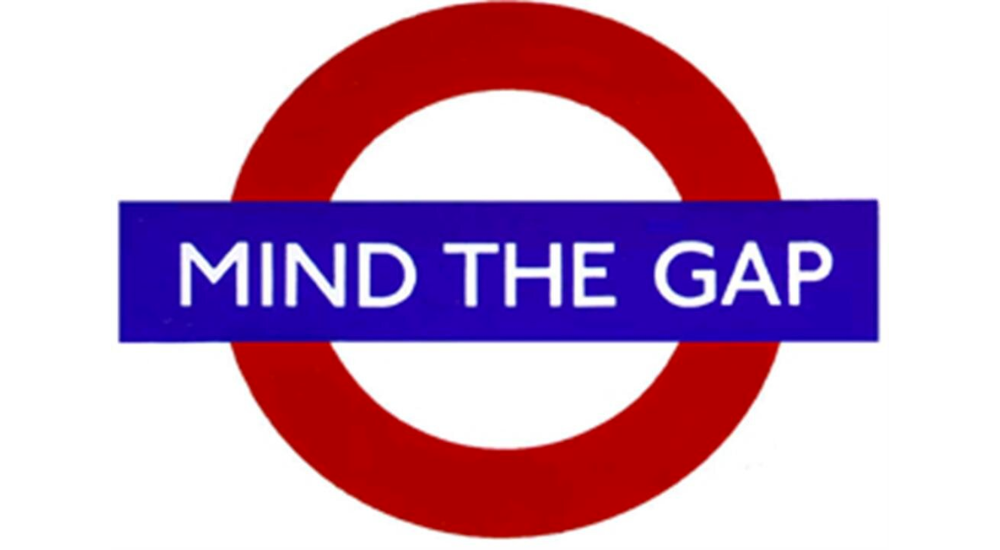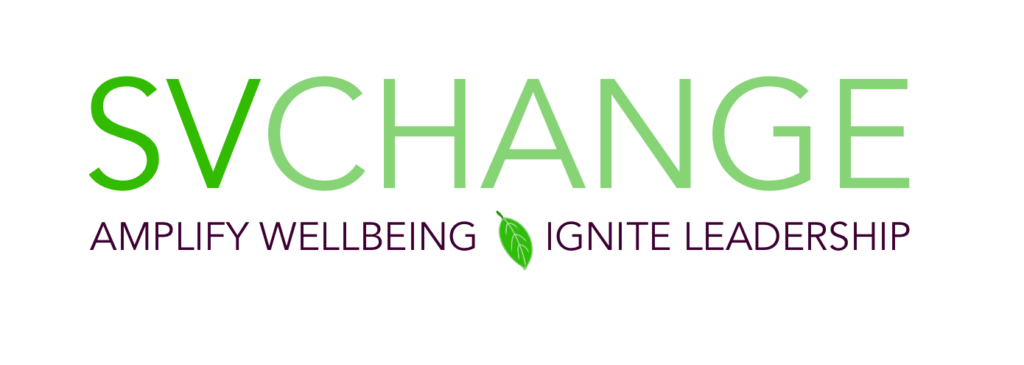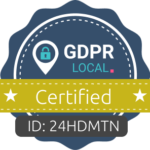The Power of Face-to-Face Meetings

To Travel is expensive. Lots can be done on zoom. How do you justify bringing together geographically dispersed teams?
At Silicon Valley Change, we recently did just that. Eleven of us got together in person to share, talk and create something together. We found that spending a day together fundamentally deepened our relationships and changed the way we will work together in fundamental ways.
Let Go In Order To Grow

Letting go is essential because it creates space for growth and renewal. Letting go is about countering the momentum of what is with the possibility of what could be and moving toward that possibility — even if you don’t know how it will turn out. Letting go is an act of courage. It’s a leap of faith.
How to Talk with Your Team About the Elephant in the Room

If your team feels “stuck,” the problem might involve issues that are difficult to discuss — conflict between two team members, for example, or an underperforming employee. To address these issues head-on, leaders must learn the art of framing a conversation so people can organize their thoughts, feelings, and experiences to come to a solution. This article offers a five-step process around framing, and two examples of how it can help bring “undiscussables” into the light.
Light People Up with Better Questions

Better, more interesting questions light people up. They spark thoughtful, deeper responses. More engaging conversations. More authentic connection.
How to Have a Big Rocks Conversation at Work

You’ve probably heard of the Steven Covey meme of putting big rocks in the bucket first, then the pebbles, then the sand. More goes in the bucket that way. But that doesn’t mean that everything fits. We can protect ourselves by having clear ideas of how much time we’re willing to spend at work and then setting boundaries to protect the time that rightfully belongs to us.
Mind the Gap!

The empathy gap is a researched bias that when we aren’t currently experiencing a situation (even if we just experienced it 10 minutes ago!), we dramatically underestimate how much it would affect us. Use these tips to mind the gap and practice more helpful empathy.
Is your organization ready to be open, not confidential, with regard to feedback?

Confidentiality is a symptom of a broken system. However, today’s employees want to work in an environment where they receive feedback. Where they have the opportunity to grow and improve. Where they clearly understand what they can do better.
Working Remotely? How To Stay Connected

Remote work is here to stay. While there are advantages for both the organization and employee to working from home, the remote environment also creates challenges. With every step forward, we also walk away from something that has sustained us. How do we keep employees engaged and connected, when there are not opportunities to see one another on a regular basis?
Forget Feedback…Do This Instead!

Knowing you are about to hear feedback can create a sense of avoidance and/or fear. Even if you approach it with a growth mindset, it can still be tough to hear and process feedback. Simply replacing the term ‘feedback’ with ‘conversation’ may reduce the unintended stress response of getting ‘feedback’ from your boss.
Learning to Listen Deeply

Today’s fast-paced work environments require speed and agility in every conversation—from face-to-face conversations, to emails and texts, and to the virtual meetings we attend. Yet, most companies are sending their employees to meet this twenty-first century challenge armed with dated communication skills and standards. Listening is more than hearing the words correctly. It is also paying attention to what is happening physically and emotionally during the conversation. I call this kind of listening Deep Listening.

